Search Results for 'Religion_Belief'
376 results found.
Tobar Éanna, St Enda’s Well, Barna Woods
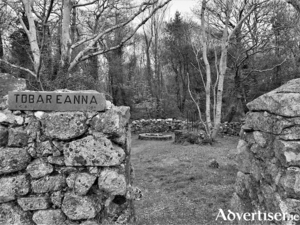
In many cases, ancient folklore linked holy wells with a god, a goddess, a mythical creature, or a serpent; they were places of pagan worship which were at odds with Christianity. Ever since medieval times, efforts have been made to stop well-worshipping and to Christianise them. Many townlands have a water source that has been marked out for special devotion, most of them being allied to a particular saint. These are usually sanctuaries within the landscape, threshold sites that enable us to step back from the hullabaloo of daily existence and allow us to access something grander and otherworldly, something infinite and unknown.
Not a dismal picture, just the reality, said Archbishop ahead of inaugural Reek climb

The future of the church and its practical application in community life was discussed at length on Sunday morning, as Archbishop of Tuam, Dr Francis Duffy, prepared for his first ascent of Croagh Patrick in his new role.
Declining numbers not a dismal picture, just the reality, says Archbishop ahead of inaugural Reek climb

The future of the church and its practical application in community life was discussed at length on Sunday morning, as Archbishop of Tuam, Dr Francis Duffy prepared for his first ascent of Croagh Patrick in his new role.
The priest who stole Cong’s famous cross
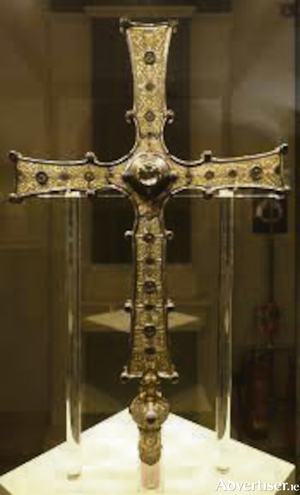
The Cross of Cong, one of Ireland’s great ecclesiastical treasures, was reputedly made at Cloncraff monastary, Co Roscommon. Its unsurpassed craftsmanship was inspired by its relic, a splinter of the wood of the cross on which Christ was crucified.
Centrally located Saint Mary’s Terrace property offers vast renovation potential
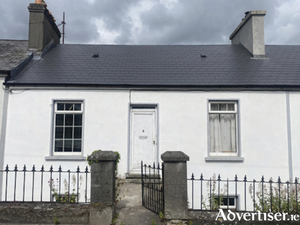
6 Saint Mary’s Terrace, Athlone, Co Westmeath, N37 CH59
Britain washed its hands of the Irish landlord class
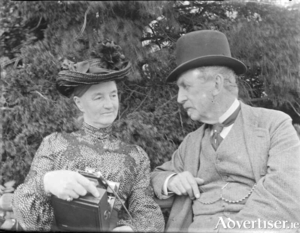
After World War I the remnants of the Anglo Irish landlord class, found themselves marooned in a new, more democratic social world which some of them resented as plutocratic and vulgar.
Churches still feel the impact of the pandemic
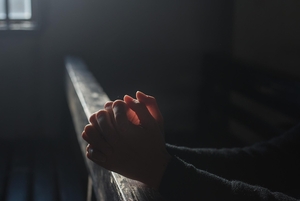
Lest we think that the implications of the pandemic are items of the past, maintained on video for retelling in some future decade's episodes of Reeling In the Years, there are still many walks of life that have felt the blow of the lockdown and restrictions, and which are unlikely to ever recover from them.
Churches still feeling the impact of the pandemic
Lest we think that the implications of the pandemic are items of the past, maintained on video for retelling in some future decade’s episodes of Reeling In the Years, there are still many walks of life that have felt the blow of the lockdown and restrictions, and which are unlikely to ever recover from them.
The default position for contemporary Irish Christians
Ireland has had the reputation for many centuries as the island of saints and scholars. The vast majority of these saints lived during the fourth to 10th centuries, the period of early Christian Ireland, when Celtic Christianity produced many missionaries to Great Britain and the European continent. The history behind the phrase begins with the Roman Empire’s collapse in the fifth century, Europe was in a state of serious intellectual and social decay as its institutions crumbled. Insulated on the western shores of Europe, Ireland’s institutions could continue to prosper and evolve without interruption leading to a period of intellectual, religious, and artistic superiority that has been called ‘Ireland’s Golden Age’. It is during this period Ireland earned the title ‘Insula Sanctorum et Doctorum – The Island of Saints and Scholars’.
The Bish
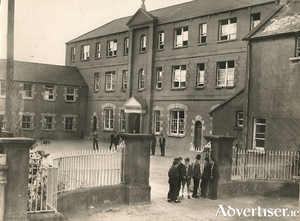
The Patrician Brothers, at the invitation of the last Catholic Warden of Galway, arrived in Galway in 1826 and a month later they opened St Patrick’s Monastery and School on Market Street. They initially had 200 pupils but this figure rapidly grew so that during the Famine, there were more than 1,000 boys being educated, fed, and many of them clothed there every day. The school was a major success but there were no educational facilities for older boys in the ‘lower orders’ in Galway so Bishop McEvilly invited the Patrician Brothers to set up a secondary school.

